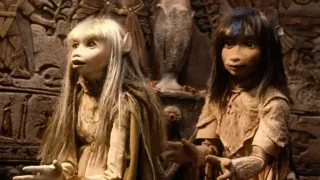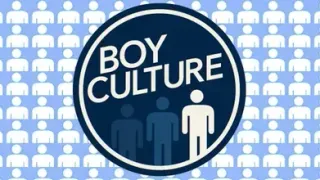
3 hours ago
Kathy Griffin Issues Heartfelt Apology for "Vicious" Anna Nicole Smith Jokes
READ TIME: 2 MIN.
In a candid and emotional statement released on August 27, 2025, veteran comedian Kathy Griffin has issued a public apology for past jokes she made at the expense of Anna Nicole Smith, the late model and television personality. Griffin described her own material as “vicious” and expressed regret for contributing to the negative treatment Smith endured during her lifetime, stating, “She was so abused by the business” .
The apology, coming nearly two decades after Smith’s tragic death, has generated significant attention both within entertainment circles and among advocates for marginalized communities, including the LGBTQ+ community, who have frequently been at the forefront of calls for greater empathy and accountability in comedy.
Griffin’s stand-up career has long been defined by her acerbic wit and willingness to lampoon public figures, but her recent acknowledgment of harm marks a turning point. Speaking through multiple platforms, including interviews and social media, Griffin stated, “I was vicious. I made fun of Anna Nicole Smith when she was alive, and I feel terrible about it now. She deserved better” .
In her apology, Griffin contextualized her behavior within the broader culture of the early 2000s, a period when it was common for comedians and media outlets to target women like Smith, who faced intense public scrutiny and stigma due to her appearance, personal choices, and struggles with substance use. “She was so abused by the business,” Griffin admitted, drawing attention to the entertainment industry’s longstanding pattern of exploiting vulnerable individuals for humor and ratings .
Griffin referenced her experiences advocating for equality, noting that “comedy, like activism, should be about speaking truth to power—not piling on those who are already suffering” . For many LGBTQ+ individuals, who have historically been the targets of cruel jokes and stereotypes, Griffin’s apology resonates as an example of how public figures can take responsibility and work toward more compassionate humor.
The entertainment industry’s reaction to Griffin’s apology has been largely positive, with fellow comedians and LGBTQ+ advocates praising her willingness to admit fault and model accountability. Critics and fans alike have pointed out that public apologies, especially from those with influence, can help shift cultural norms toward greater kindness and understanding .
For LGBTQ+ audiences and other marginalized groups, the evolution of comedy is more than a question of taste—it is a matter of dignity and safety. Griffin’s apology arrives at a moment when comedians are increasingly called upon to consider the power dynamics inherent in their work. As she herself noted, “I just have to say I loved her. I'm not a hater. Yes, I made fun of her and yes, she had issues. But I just have to say it means so much to me that our last interaction… she wasn’t mad at me” .






